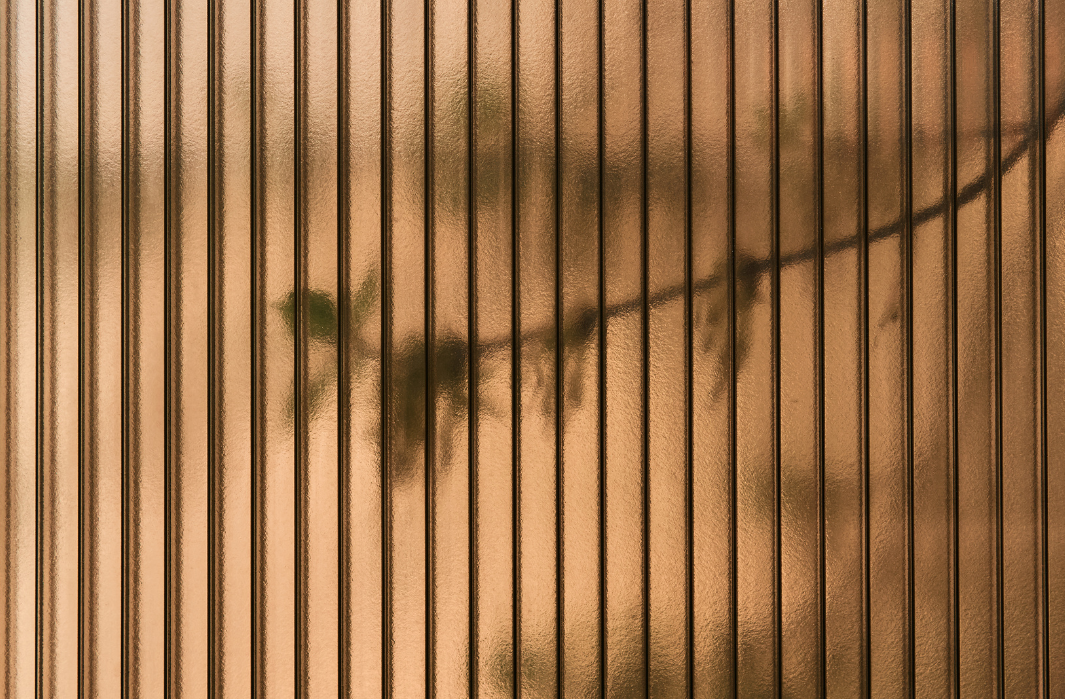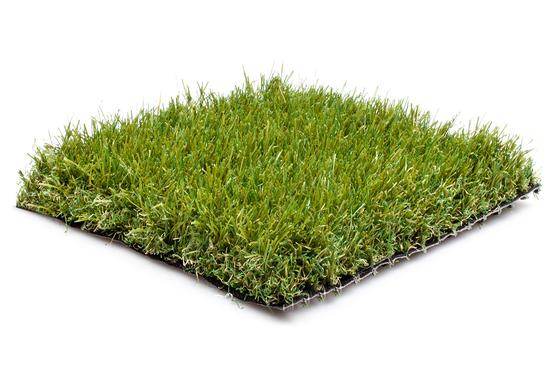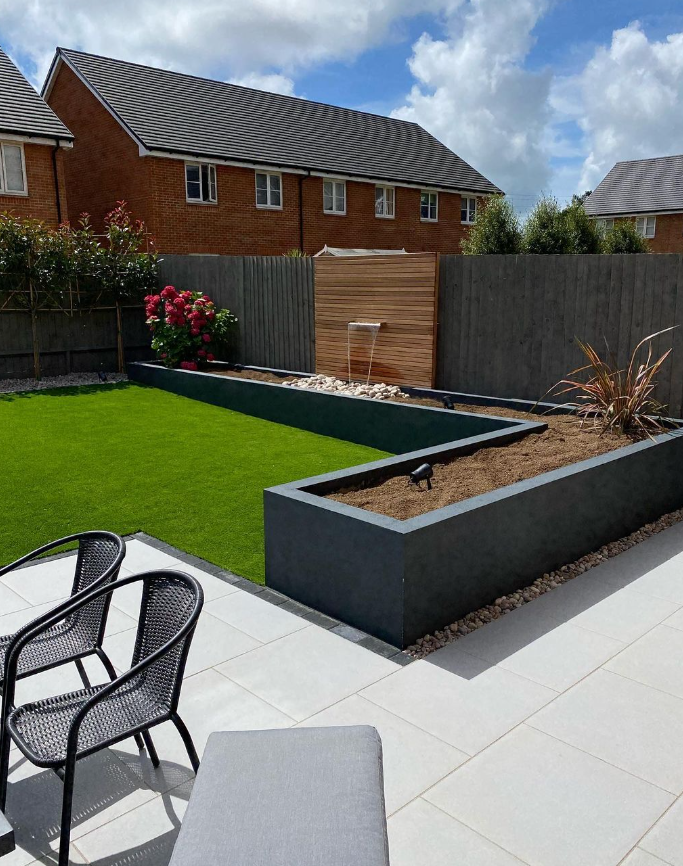
How to Choose the Perfect Cladding Colour for Your Home
Choosing the right slatted cladding colour shapes the overall character of your property. The right shade adds appeal and value, while the wrong one can feel mismatched. Many homeowners look for colour ideas that balance design with practicality.
Whether you’re drawn to a crisp modern look or something more natural, this guide explains how to select cladding that’s durable, stylish, and well-suited to British homes.
Why Colour Choice Matters for Slatted Cladding
Colour is never just surface deep; it changes how your home feels and how others see it. The shade you choose for your slatted cladding directly influences kerb appeal, which affects both pride in your property and future resale potential.
A carefully chosen tone blends with existing materials, while the wrong shade can clash and draw attention for the wrong reasons. Darker finishes often feel sleek and contemporary, whereas lighter tones create an open, welcoming atmosphere. Beyond looks, the right shade ensures long-term satisfaction.
With Tuda Grass’ slatted cladding, you’ll find colours that are practical, stylish, and ready for everyday UK living.
Popular Slatted Cladding Colours and Their Effects
When planning outdoor cladding for your outbuilding, colour is often one of the first decisions. Each option sets a distinct mood, so it helps to know what the most popular choices bring to your space.
Grey – balanced and versatile
Often chosen for a modern look, grey feels sleek and understated. It works particularly well with white render or red brick, creating a calm contrast. Pale greys brighten smaller areas, while deeper shades bring drama.
Black – bold and striking
Black cladding creates strong impact. It’s a confident choice for contemporary homes, especially when paired with glass, steel, or crisp white trim. Just bear in mind that it absorbs heat, so positioning in full sun needs careful thought.
Brown and wood tones – warm and natural
These shades feel closer to nature and soften the overall appearance. They pair beautifully with timber decking, fencing, or planting. Wood-like finishes tend to age gracefully and are often favoured for UK homes seeking a timeless aesthetic.
Today’s UV-stable options mean your chosen colour will hold its look for years.
How to Match Slatted Cladding Colour to Your Home’s Style
The easiest way to select the right cladding for your garden room is to look at your property’s existing features. Brickwork, roof tiles, and window frames create the base for any new addition, so your cladding should complement rather than compete.
A white-painted house pairs well with grey for sharp contrast.
A rural stone home usually feels more natural with warm wood tones.
In built-up areas, black cladding alongside glass or steel creates a modern edge.
Your personal design preference matters too. Minimalist styles often suit darker, cleaner shades, while rustic or classic properties look better with softer tones. The best results come from harmony with your property’s character rather than following trends.
Factors to Consider When Selecting a Cladding Colour
Once you’ve gathered a few ideas, think about how each option performs in real life. Sunlight has a big influence: the same board can look bright in sunshine yet darker in shade, so it’s worth checking samples in different conditions.
The British climate also plays its part, with rain, frost, and summer heat all affecting how colours weather over time.
Neighbourhood style might sway your decision too. Some homeowners prefer a finish that blends in, while others like a striking contrast. Finally, consider texture: a matte surface tends to look more understated, while a slight sheen makes colours appear deeper.
Common Colour Mistakes to Avoid with Slatted Cladding
Even with plenty of inspiration, it’s easy to pick a shade that doesn’t look right once installed. Watch out for these common pitfalls:
-
Chasing trends – a fashionable shade today can quickly feel dated. Choose tones that suit your long-term character.
-
Ignoring light changes – a grey that looks elegant indoors may appear much heavier outdoors under direct sun.
-
Skipping samples – online pictures only go so far. Viewing physical boards outside gives a far truer sense of both colour and texture.
Small checks like these make a big difference to choosing a finish you’ll enjoy for years
Final Tips for Picking the Perfect Slatted Cladding Colour
Once you’ve narrowed your shortlist, a few simple steps help finalise the decision. Always order real samples of slatted cladding and view them in natural light at different times of the day. This shows whether a shade feels too dark or just right.
Next, place the samples against existing features such as decking, fencing, or turf. The right cladding should complement what’s already there. It’s often worth asking a friend or professional for their view, as a fresh eye can highlight things you might overlook.
Finally, think ahead: how will this colour feel in five or ten years? A balanced, timeless choice is more likely to stand the test of time.
Creating a Stylish Look with Slatted Cladding
Choosing a colour isn’t only about style; it’s about creating a sense of harmony between your property and its surroundings. Whether you’re considering grey, black, or natural tones, the key is picking slatted cladding that feels right for your home’s character. With a little thought and planning, you’ll avoid the common mistakes and enjoy a finish that adds both beauty and value.
For samples or expert guidance, reach out to Tuda Grass via our contact us page.


